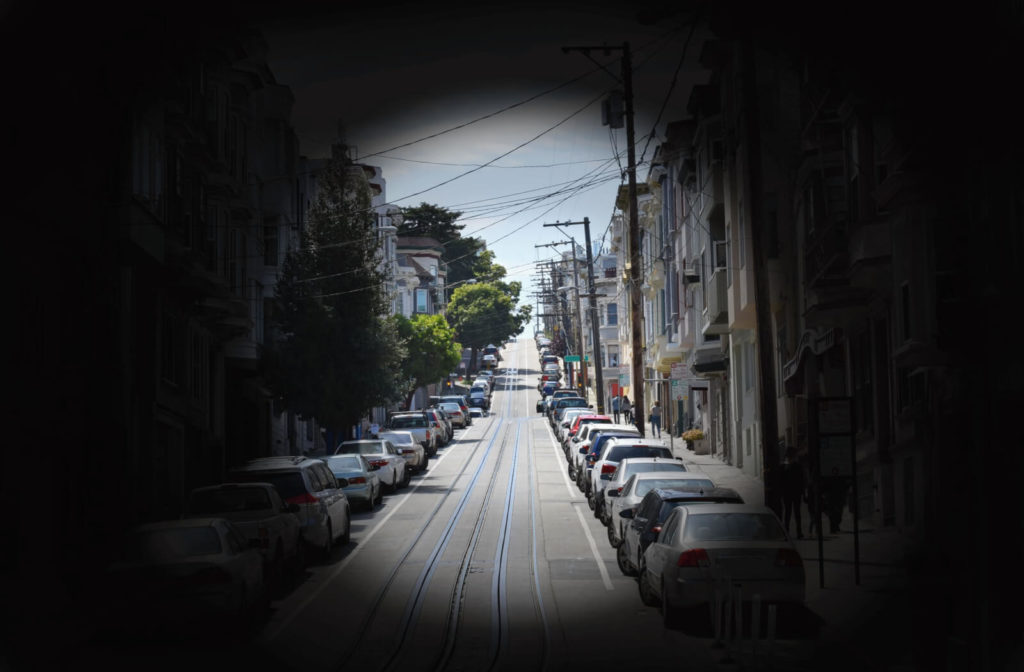As we age, our eyes become more susceptible to various eye diseases, including glaucoma. Glaucoma is a leading cause of blindness worldwide, but the early signs can be difficult to detect. Some of these signs include:
- Peripheral vision loss
- Blurry or hazy vision
- Halos around light
- Eye pain or redness
However, with early detection and treatment, many people with glaucoma can keep their vision and live a normal life.
Early detection relies on regular eye exams with your optometrist, so if you have a higher risk of glaucoma, make sure you have your eyes checked at least once a year.

What Is Glaucoma?
Glaucoma is a group of eye diseases that can damage the optic nerve. The optic nerve is in charge of transmitting visual signals from the retina at the back of the eye to the brain, where they are translated into images.
Glaucoma is known as the “silent thief of sight” because it can cause irreversible vision loss with no symptoms until the disease has advanced. Up to 50% of people with glaucoma may be unaware of their condition.
Glaucoma is classified into two types: open-angle glaucoma and angle-closure glaucoma.
Open-Angle Glaucoma
The most common type is open-angle glaucoma, which occurs when the eye’s drainage system gets clogged over time, resulting in a buildup of fluid and increased pressure in the eye. This pressure can harm the optic nerve, causing vision loss.
Angle-Closure Glaucoma
Angle-closure glaucoma occurs when the iris (the colored part of the eye) is too close to the drainage angle in the eye, causing an increase in eye pressure. This type of glaucoma is less common, but it can cause sudden vision loss and necessitates immediate medical attention.
Risk Factors for Glaucoma
Glaucoma is most common in people over the age of 60, but it can develop at any age. Other risk factors for glaucoma include:
- A family history of the disease
- Certain medical conditions, such as diabetes and high blood pressure
- Prolonged use of corticosteroid medications
Early Signs of Glaucoma
So, what are the warning signs of glaucoma? In the early stages, there may be no discernible symptoms, but there are some early signs to watch out for. some examples include:
- Peripheral vision loss: This is commonly one of the first signs of glaucoma. As the disease damages the optic nerve, it can result in a gradual loss of peripheral vision, making it more difficult to see objects on the outskirts of your visual field.
- Blurred or hazy vision: Glaucoma can cause blurred or hazy vision, especially in the center of the visual field, as it progresses. It may be difficult to see fine details or read small print as a result.
- Halos around lights: Some glaucoma patients may experience halos around lights, particularly at night. This could indicate increased intraocular pressure, which could damage the optic nerve.
- Eye pain or redness: While not always present, some people with glaucoma may experience eye pain or redness, particularly if the disease is advanced.
Not everyone with glaucoma will have all of these symptoms. That’s why it’s essential to have regular eye exams, especially if you are predisposed to glaucoma.
Treating Glaucoma
While glaucoma has no cure, early detection, and treatment can help slow or prevent vision loss. The goal of glaucoma treatment is to reduce eye pressure and protect the optic nerve from further damage.
Medicated Eye Drops
Medicated eye drops are usually the first line of treatment for glaucoma. These drops work by either decreasing fluid production in the eye or increasing fluid outflow.
It’s important to use these medications exactly as prescribed by your doctor and to keep regular follow-up appointments to monitor your eye pressure and the medication’s effectiveness.
Laser Therapy
Laser therapy may be used to treat glaucoma in some cases. Trabeculoplasty is a type of laser therapy that is commonly used to increase the drainage of fluid from the eye. Another method, known as iridotomy, involves making a small hole in the iris to improve fluid flow and reduce pressure.
Surgery
Surgery may be recommended if eye drops and laser therapy are ineffective. Trabeculectomy is a type of glaucoma surgery that is performed by making a small hole in the sclera (the white part of the eye) to allow fluid to drain out of the eye.
Another type of surgery, known as a shunt procedure, is done by inserting a small device into the eye to aid in fluid drainage.
Get a Comprehensive Eye Exam
Regular eye exams are essential for detecting glaucoma at an early stage when treatment is most effective. During an eye exam, your optometrist will measure your eye pressure, examine your optic nerve, and test your visual acuity and field of vision.
Depending on your individual risk factors and symptoms, your optometrist may recommend more frequent eye exams or refer you to a glaucoma specialist for further evaluation and treatment.
Don’t hesitate to book an appointment online with the Total Vision Rancho Bernardo team to help your eyes stay healthy for years to come.



